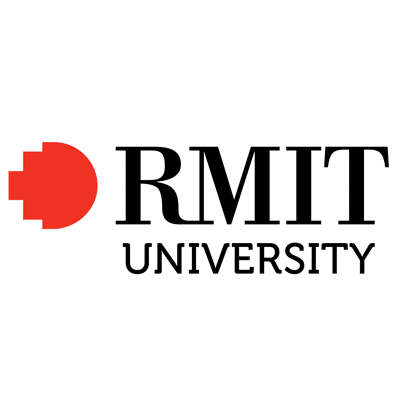Doctor of Philosophy (Chemical Engineering)
RMIT University (RMIT)






Overview
School Application Steps
Follow the process below, prepare materials in order, and track the progress of each stage.
Study Abroad Planning, Application Preparation
Next Intake DateIntake dates are not yet available. Please contact an advisor to confirm.
No Intake DatesMeet English RequirementsLanguage Requirement: IELTS Overall 6.5, with no band lower than 6
If your score does not meet the requirement, you can contact a specialist to arrange for a corresponding language course.
Reference Application Materials ChecklistSubmit Application via OneU Education
- Submit your application for free through OneU Education.
- Typically, the school's Offer processing time is about 47 days. If you submit today, the expected Offer date is 2026-02-07.
- Refer to the latest Offer cases to understand processing speeds and application outcomes.
Application MethodOnline submission and consultant assistance follow a unified process with no extra fees.Apply OnlineRedirect to the OneU Education channel to submit materials and track progress.
Go Now→Consultant Assistance / Scan to ApplyContact a customer service advisor for a synchronized materials checklist, submission, and progress reminders.
Offer Processing & Latest CasesExpected Offer Date:07/02/2026 WXKMK apply for RMIT University (RMIT)
WXKMK apply for RMIT University (RMIT)Offer received in 22 days
View advisor's notes, materials, and visa approval steps to replicate the timeline with your advisor.
Case Source: School's latest Offer announcements. Only the most recent one is shown for reference.Note: The actual processing time is subject to the university's review. If additional documents are required, please submit them promptly to avoid affecting your Offer.Accept Offer and Pay the First Tuition Fee
- Sign the Offer to confirm acceptance and complete the initial payment or deposit.
- Simultaneously purchase/confirm OSHC insurance to ensure it covers the visa period.
Accept Offer and OSHC FeesOSHC insurance covers the visa period; the end date is calculated based on the visa duration.
OSHC/visa fees are not yet available. After submission, the advisor will confirm them for you and provide a purchase link.Successfully Obtained CoE, Preparing for Visa Application
- Review the CoE and verify that information such as name, date of birth, and nationality is correct.
- If you find any errors, contact the school immediately for correction. The advisor will also perform a system check.
CoE Sample and ChecklistAfter the CoE is issued, please check your name, date of birth, nationality, and course information. If any errors are found, contact the school immediately for correction.
Check the course name, start date, and visa duration to ensure they match the admission letter. The advisor will also perform a system check and notify you of any necessary corrections.
Getting CoE sample...
Prepare Visa Documents
- The estimated processing time for visa preparation materials is about 2 weeks. Arrange for medical examination and translation in advance.
- The visa fee is approximately AUD 2000. You can check the student visa page for the material checklist and procedures.Visit the student visa page to learn more
- OneU Education's MARA-registered lawyers will assist with the visa application, ensuring a clear and simple process.